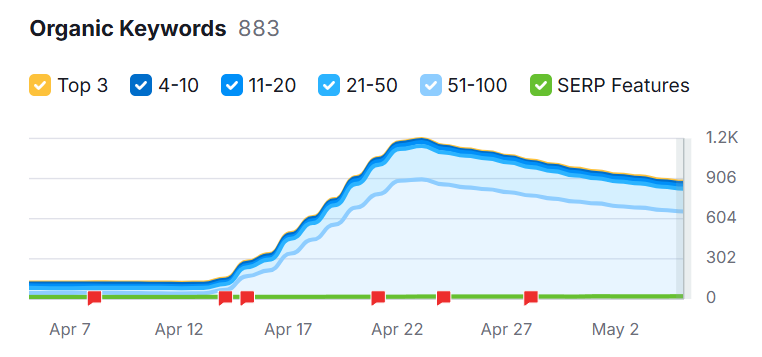In today’s digital-first world, simply having a website isn’t enough. With millions of websites competing for attention, the real challenge lies in getting your website seen by your target audience. If your website isn’t showing up on the first page of Google or Bing, you’re likely missing out on over 90% of potential traffic. That’s where SEO — or Search Engine Optimization — becomes a powerful tool.
Whether you’re a business owner, a blogger, or running an eCommerce store, understanding how SEO works can be the key to unlocking consistent traffic and better visibility. Let’s dive deep into what SEO is, how it works, and what strategies you need to follow to improve your search engine rankings and attract more visitors.
SEO (Search Engine Optimization) is the process of optimizing your website so that it ranks higher in search engine results for relevant keywords. When done right, SEO brings organic (free) traffic to your site by helping search engines understand your content and deliver it to users looking for information, services, or products like yours.
SEO matters because:
If you want your website to be visible, trustworthy, and attract the right audience, you need to invest in SEO.
SEO is made up of several components that work together to improve your website’s visibility and ranking. Here’s a detailed look at the most critical elements:
Backlinks, also known as inbound links, are links from other websites pointing to your site. They are one of the most important ranking factors in Google’s algorithm.
Why they matter: Search engines treat backlinks as votes of confidence. When authoritative sites link to yours, it signals to Google that your content is valuable and trustworthy.
How to earn quality backlinks:

Keywords are the terms people type into search engines when looking for information. Keyword research is about identifying which words and phrases your target audience uses, and then optimizing your website to include them.
Steps to effective keyword research:
Where to place keywords:

Your meta title and description are what users see in search engine results. They should be clear, concise, and persuasive.
Best practices:
Example:
On-page SEO refers to all the measures you take directly within your website to improve its position in search rankings.
Key aspects include:
Technical SEO ensures that search engines can crawl, index, and understand your site efficiently.
Checklist for technical SEO:
Content is the backbone of SEO. Google rewards websites that provide value to users. This means regularly publishing high-quality, original, and informative content.
Content tips:
Once your website starts ranking, the next step is to maintain and scale your SEO efforts:
SEO is not a quick fix but a long-term investment in your brand’s online visibility. With the right mix of backlinks, keywords, content, and technical setup, your website can climb to the top of search results and start attracting high-quality traffic consistently.
If you’re struggling with low website visibility, let Canvas Chrome Designs help. Our team of SEO experts is dedicated to helping businesses like yours dominate search results and grow sustainably.
Visit www.canvaschrome.com to schedule a free SEO consultation and learn how we can make your business more visible online.
Let your website be seen. Let your brand be found. Let SEO work for you

No comments yet. Be the first to comment!
Leave A Reply